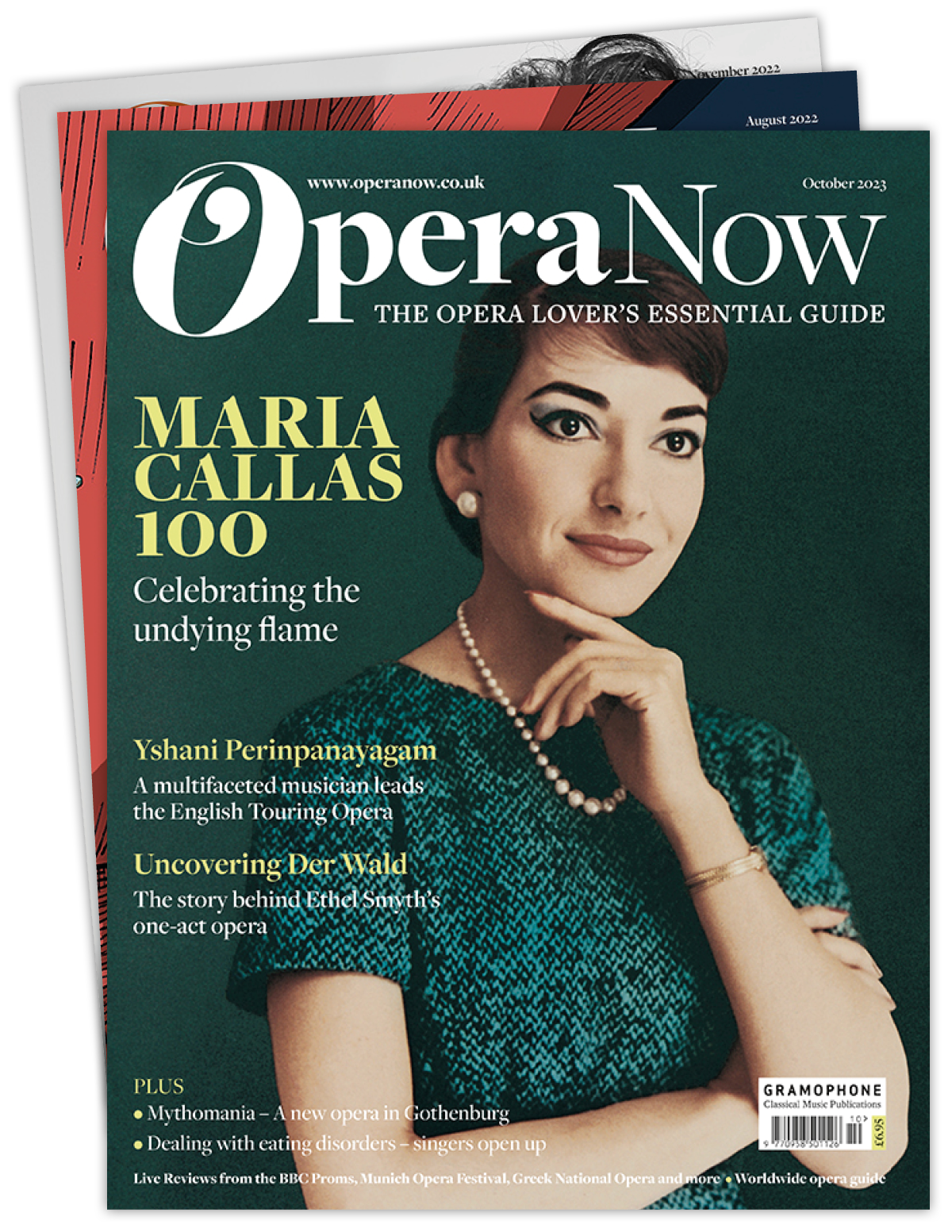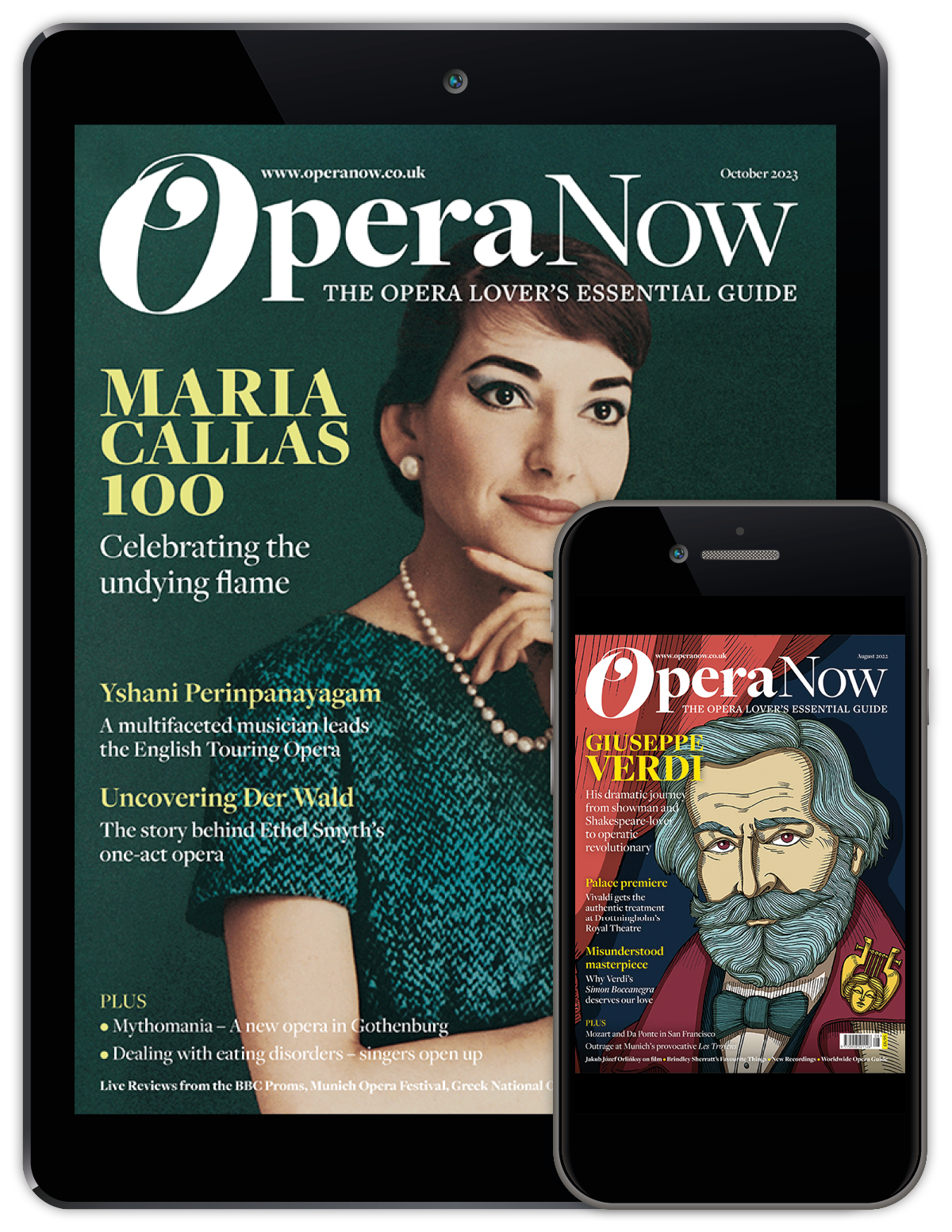Rosa Feola and Carlo Rizzi at the Wigmore Hall | Live Review
Francis Muzzu
Monday, November 18, 2024
Opera Rara continues its Donizetti Song Project at Wigmore Hall, this time with soprano Rosa Feola
⭐⭐⭐⭐


Rosa Feola and Carlo Rizzi at Wigmore Hall (Photo courtesy of Opera Rara)
More Donizetti songs from Opera Rara at Wigmore Hall, this time starring soprano Rosa Feola alongside Carlo Rizzi at the keyboard. This recital had a different feel to the previous one, featuring Ermonela Jaho, as the Donizetti songs were performed as an opening group after which that composer took his bow in favour of others, until an encore.
Feola is in huge demand – she makes regular appearances at the Met and La Scala – but has had only one run of Rigoletto Gildas in London. Her welcome from the audience was warm. The opening song, ‘La rosa del sepolcri’, gave notice of her talents: a strong soprano, even-toned, firm but pliant. Her core sound is sweet but there is a happy element of bite to it, nothing astringent, but a sense of ease and singing comfortably within her means. Feola also produces some surprising decibels, perhaps a sign of roles to come. A few times the voice was so loud in the space that it caused ears to ring, which almost suggested a lack of focus which I don’t think was true – the voice just outsang the acoustic.

Rosa Feola and Carlo Rizzi at Wigmore Hall for Opera Rara's Donizetti Song Project (Photo courtesy of Opera Rara)
The first five songs rather blended into one. They were all in triple meter, all well-sung but slightly generic, as were Feola’s movements, a sort of generalised arm-waving to underline a phrase. But they were enjoyable and gave the voice a chance to shine - perhaps my increased acquaintance with them will make each more distinct, which is after all, the point of the whole project. The sixth song, ‘La fidanza’, brought a change of mood as Feola was joined by harpist Sally Pryce, whose contribution immediately brought tones of Lucia di Lammermoor to the platform. The sung tessitura was higher, there were more changes of mood, Feola’s vocal liquidity came to the fore and she gave a finely drawn cadenza. Then another treat with C19th harpist Albert Zabel’s arrangement of Lucia’s first aria, impressively moulded by Pryce. Feola returned to the stage for songs by Ponchielli and Pinsuti, both based on Dante, and both showing increased light and shade, keener relish of the text, more specific physical and facial gesture. Ponchielli’s ‘Sonetto di Dante’ particularly revealed vocal opulence with its swelling phrase mid-song. And on to four Respighi songs, allowing Rizzi to enjoy himself more at the keyboard, especially in ‘Viene di là, lontan’, and Feola to show yet more of her armoury. Here she was able to treat us to greater luminosity of tone. She now sings Liù (Turandot) and it showed in her rich, spun lines. Feola gave just one encore, Norina’s ‘Quel guardo il cavaliere’ from Don Pasquale, fun all the way and bringing us beautifully back to the day’s Donizettian purpose.






